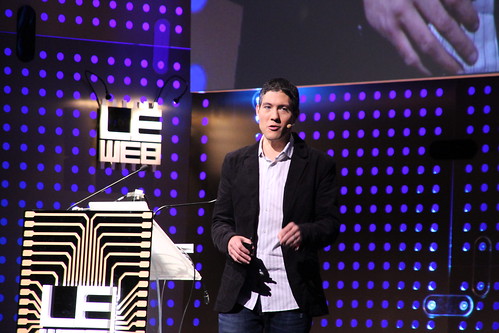LIVEBLOGGED = there will be mistakes
Benjamin Cichy, Chief Software Engineer, NASA’s Mars Science Laboratory, Jet Propulsion Laboratory
Talking about Mars. For years we knew little. It could be like earth. It had seasons, polar ice caps, had winters and summers. It could have had a rainy season. It has always fascinated us. It could have looked like Earth. Was it like us, can it tell us about ourselves.
In the 1870s, that is when we started to map it. Through a telescope. There was a network of channels, these features, covering the surface. When published,d potentially a mistranslation, there were now ‘canals’ ie built objects. From this, thinking about life on mars, public got excited. Asking questions about are we alone.
But not until the space age, we finally got some focus. Across the 1960s, we started our first attempts. But the frist 12 missions failed. We did not understand the Mars secrets, how to get there. In 1965, that was the first glimpse. There were 21 images, what was remarkable, was there was NO channels, it looked far more like our moon. It did not look to be this live planet. But we still wondered, was the fly-by too fast. So we still pushed to land on Mars.
Viking programme in 70s. 2 landers – legged, to get a single point of access. It was a success. We got our first images from another planet. We saw it was dusty, barren, rocky, There was no life. And so we retreated. We did not send more. We stepped back. We looked inside now. And we learnt that life on earth could survive in far more places than we thought, We learnt all we needed was energy source, like sun, we need water and we need the building blocks. So we went back – we could still have life, hidden in the soil.
But we could not go back as before, using a lander. A different approach. So let’s have a different approach. Cushion the lander so it bounces across the platform. And let’s not just use a legged lander, let’s have e a movable robot. So Sojourne rover created in 1996. But it would be another 8 years to go back. We tried again, but in 1999 they had 2 failures.
It was 2004 before they went back. They were able to answer the second question. They found evidence that Mars was once a wet place. They saw evidence of sea. They knew they had energy and water. In 2008, the Phoenix saw there was water on Mars now – frozen water in the poles.
But what about the last ingredient. The building blocks. We had to go bigger. So we built Curiosity. It is huge. It is international. Many countries involved. It is the ultimate offroad vehicle. But we did not know how to land it, how to get it to Mars. We knew we needed a protective shell. We needed a heat shield. The biggest we had built. Then largest parachute. 15m wide, 50m long. Parachute took us to 300kph. So how to get from that to soft landing. So they came up with a ‘jetpack’. They would lower it down, under a hovering jetpack. Then cut it and fly the jetpack off.
11km above surface, we deploy the parachute, Takes us to 300kph. Then we have to decide when to cut the cord. Too late, we’ll crash, Too soon, we’ll run out of fuel. So 1km out, we cut and we fire the rockets. SLow down over 30secs. 20m above, we start the lowering. then have to get the rockets away.
So much. 76 explosions to co-ordinate. All out of touch from the earth. it’s 14 minutes to get here. there are 5m lines of codes. to control this. We had to build all the software to teach the rover to land on Mars. We also knew that only 33% of missions had landed successfully. We could not test all together…there was 1 chance to get it right. Had run millions of sims etc.
We landed (played video). We had these never before seen views of Mars…took the first self portrait. Look at the image and think of all the people who got involved. We saw evidence of flowing water in Mars. We took soil samples, investigated. It is a long mission, will take us a long time to understand it.
On the night landed, there were 1.8billion hits on the website. It speaks to something more, it is not just about the science, It is something fundamental, about ourselves. We had visitors from almost every country on earth. All looking at what we were doing.
We have a fill packet, which is sent back when nothing to say. I added names, the teams etc. And a quote from Carl Sagan. It’s not just about connected things..Rover is the most distant connected object that we have, that downloads to web. But important too to think about WHY we connect. Think about how can we flame that spirit of exploration, of curiosity. Think about that when you are building the internet of things.
Q: what is most exciting?
A: the images, Every new image goes DIRECTLY onto the web. We can inspire people to explore, to connect with us

One thought on “LeWeb 12: NASA and Mars”
Comments are closed.